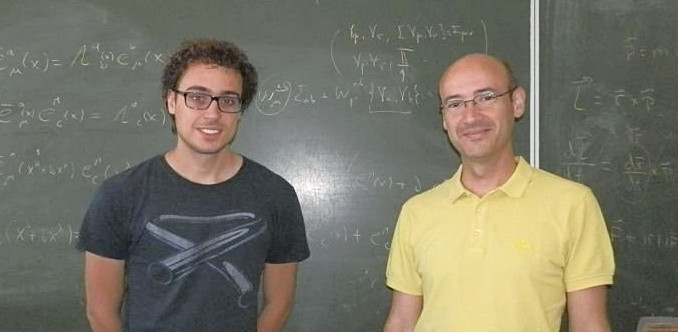
Elon Musk's brain-chip startup Neuralink livestreamed its first patient implanted with a chip using his mind to play online chess. The implant seeks to enable people to control a computer cursor or keyboard using only their thoughts.

Billionaire technologist Elon Musk announced this week that his company Neuralink has implanted its brain-computer interface into a human for the first time.

Neuralink said on Thursday that it received clearance from the US Food and Drug Administration (FDA) for the first human clinical study of implants which are intended to let the brain interface directly with computers.

The specific objective of Neuralink is to develop ultra-high bandwidth brain-machine interfaces to connect humans and computers. Practically, this materializes as a chip that is implanted into the brain.

Elon Musk has a vision of linking human brains to computers in order to avoid our species from being outpaced by artificial intelligence – and this dream is set to become a reality.

Stephen Hawking's final work, which tackles issues from the existence of God to the potential for time travel, was launched on Monday by his children.

Artificial intelligence has the potential to radically reinvent the global food production system, with far reaching consequences on health, nutrition and environmental impact.

Researchers say they have constructed an AI program that can teach itself to play the ancient strategy game at a level far beyond humans.

By designing adaptable machines that learn on the fly, researchers hope to create exoskeleton systems that will help to move faster and farther.

The new model shows a naked singularity can yield what's called anti-de Sitter space, a curved, saddle-shaped space.

Tech billionaire Elon Musk is announcing a new venture called Neuralink focused on linking brains to computers.

Defined as the interaction between actual reality and virtual reality, parallel intelligence flips traditional AI.

A recent study by researchers at the Institute of Corpuscular Physics in Valencia suggests that matter might in fact survive its foray into these space objects and come out the other side.

Technological shifts outpace our awareness of them. While we're busy with our day-to-day lives—getting a new smartphone or downloading the next updates—we often don't notice how these incremental changes shape our relationship with technology.

Harnessing the shared wave nature of light and matter, researchers have used light to explore some of the most intriguing questions in the quantum mechanics of materials.